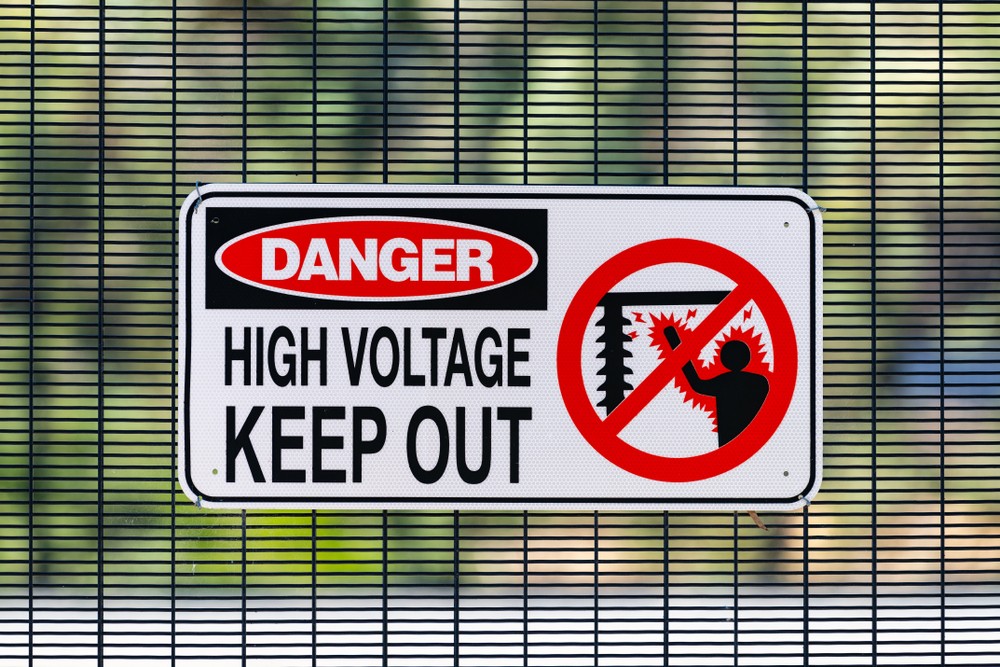Roar Solutions Things To Know Before You Get This
Roar Solutions Things To Know Before You Get This
Blog Article
The 9-Second Trick For Roar Solutions
Table of ContentsRoar Solutions Can Be Fun For EveryoneLittle Known Questions About Roar Solutions.9 Easy Facts About Roar Solutions Described
In order to protect installments from a potential surge an approach of analysing and identifying a possibly harmful area is required. The purpose of this is to make certain the proper choice and installment of devices to inevitably stop a surge and to make sure safety and security of life.
(https://profiles.delphiforums.com/n/pfx/profile.aspx?webtag=dfpprofile000&userId=1891249800)
No equipment ought to be installed where the surface temperature of the devices is above the ignition temperature of the given hazard. Below are some typical dust hazardous and their minimal ignition temperature. Coal Dirt 380C 225C Polythene 420C (thaws) Methyl Cellulose 420C 320C Starch 460C 435C Flour 490C 340C Sugar 490C 460C Grain Dirt 510C 300C Phenolic Resin 530C > 450C Aluminium 590C > 450C PVC 700C > 450C Residue 810C 570C The chance of the threat existing in a concentration high adequate to trigger an ignition will certainly differ from location to place.
Dangerous location electric tools perhaps created for usage in higher ambient temperature levels. Field Repair Service By Authorised Worker: Challenging testing might not be needed however specific treatments may require to be complied with in order for the devices to preserve its third event rating. Each item of equipment with a dangerous score need to be examined separately.
Some Known Incorrect Statements About Roar Solutions
The equipment register is a detailed database of equipment documents that includes a minimum collection of fields to determine each thing's area, technological criteria, Ex-spouse category, age, and ecological information. This information is critical for monitoring and handling the devices efficiently within dangerous locations. On the other hand, for periodic or RBI tasting inspections, the quality will certainly be a combination of Comprehensive and Close assessments. The proportion of Comprehensive to Close assessments will be determined by the Devices Threat, which is assessed based upon ignition risk (the likelihood of a source of ignition versus the likelihood of a flammable environment )and the harmful area classification
( Area 0, 1, or 2). This variation will likewise affect the resourcing needs for work prep work. When Great deals are specified, you can develop tasting plans based on the example size of each Whole lot, which describes the variety of arbitrary tools products to be evaluated. To identify the called for sample size, two facets need to be evaluated: the size of the Whole lot and the classification of assessment, which indicates the level of effort that should be used( decreased, normal, or increased )to the inspection of the Lot. By incorporating the category of evaluation with the Whole lot size, you can then establish the suitable being rejected requirements for an example, indicating the allowable number of damaged items located within that sample. For even more details on this process, please describe the Power Institute Standards. The IEC 60079 typical recommends that the optimum period in between assessments need to not surpass three years. EEHA inspections will certainly likewise be conducted beyond RBI projects as part of set up maintenance and equipment overhauls or repair work. These examinations can be attributed toward the RBI sample dimensions within the influenced Lots. EEHA assessments are carried out to recognize faults in electric tools. A heavy scoring system is necessary, as a solitary tool might have several mistakes, each with varying levels of ignition threat. If the combined rating of both inspections is less than two times the mistake score, the Great deal is deemed acceptable. If the Whole lot is still considered inappropriate, it should undertake a complete evaluation or validation, which might trigger stricter evaluation procedures. Accepted Lot: The causes of any type of faults are identified. If a common failure mode is located, additional devices might require examination and repair service. Mistakes are categorized by severity( Safety, Integrity, Housekeeping ), making certain that urgent problems are analyzed and attended to promptly to reduce any kind of impact on safety and security or operations. The EEHA data source ought to track and tape-record the lifecycle of mistakes along with the restorative actions taken. Executing a durable Risk-Based Assessment( RBI )approach is critical for making sure conformity and safety and security in handling Electrical Tools in Hazardous Areas( More hints EEHA) (hazardous area electrical course). Automated Mistake Scoring and Lifecycle Monitoring: Effortlessly take care of faults and track their lifecycle to enhance inspection accuracy. The introduction of this assistance for risk-based inspection additionally strengthens Inspectivity's setting as a best-in-class service for governing compliance, along with for any type of asset-centric evaluation usage situation. If you have an interest in learning more, we invite you to ask for a demo and uncover how our solution can transform your EEHA administration processes.
Roar Solutions Fundamentals Explained

In regards to eruptive risk, an unsafe area is an environment in which an explosive atmosphere exists (or may be expected to be existing) in amounts that need special precautions for the building, setup and use of tools. hazardous area electrical course. In this write-up we check out the challenges dealt with in the work environment, the threat control procedures, and the called for proficiencies to work securely
It issues of contemporary life that we manufacture, keep or handle a variety of gases or liquids that are regarded flammable, and a variety of dirts that are considered flammable. These materials can, in specific problems, form eruptive environments and these can have significant and tragic consequences. A lot of us are familiar with the fire triangular eliminate any one of the 3 elements and the fire can not take place, but what does this mean in the context of harmful areas? When damaging this down right into its easiest terms it is essentially: a mix of a specific quantity of release or leakage of a specific substance or material, blending with ambient oxygen, and the visibility of a source of ignition.
In many circumstances, we can do little about the degrees of oxygen airborne, however we can have substantial impact on resources of ignition, for instance electric devices. Unsafe locations are recorded on the unsafe location classification drawing and are recognized on-site by the triangular "EX" sign. Here, among various other vital details, zones are split into three types depending on the risk, the possibility and duration that an explosive atmosphere will exist; Area 0 or 20 is deemed the most dangerous and Zone 2 or 22 is considered the least.
Report this page